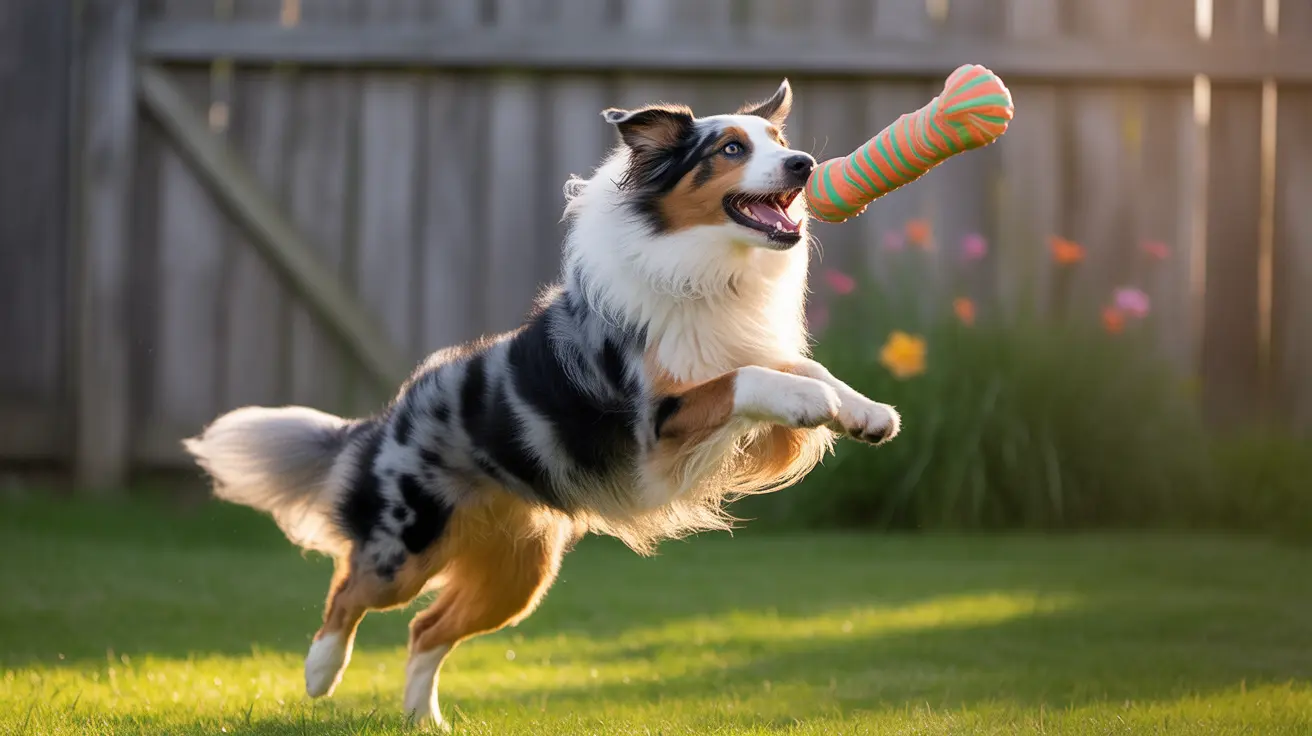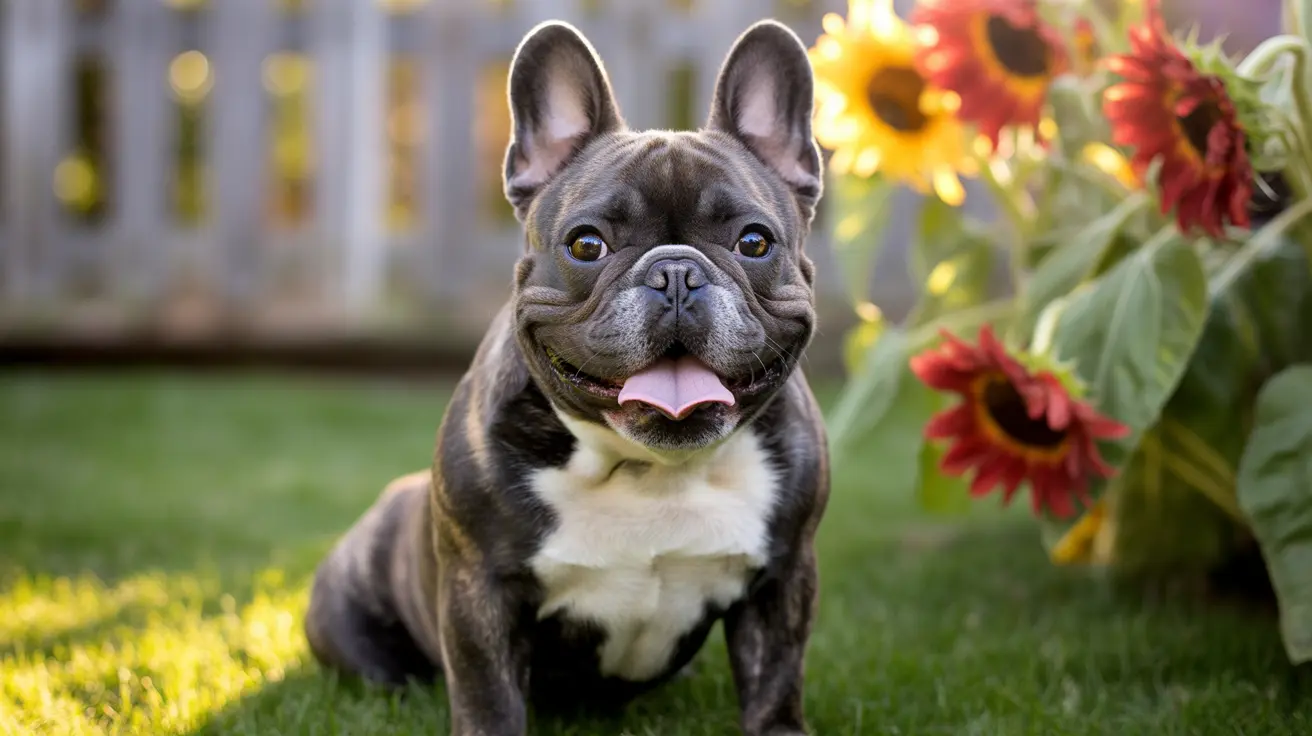How to Tell If Your Dog Is Deeply Attached to You
Dogs are loyal and affectionate creatures, often forming strong emotional bonds with their human companions. But how can you tell if your dog is truly attached to you? Recognizing signs of attachment can help strengthen your relationship and ensure your dog’s emotional well-being. In this article, we’ll explore the behavioral cues and habits that indicate your dog has formed a meaningful bond with you.
1. Constant Following
If your dog follows you from room to room, it’s one of the clearest signs of attachment. This behavior, often called “velcro dogging,” reflects your dog’s desire to be near you at all times.
- They stay by your side during daily activities.
- They wait outside the bathroom or door when you're inside.
- They get anxious if you're out of sight.
2. Seeking Physical Contact
Physical closeness is a key way dogs express love. An attached dog will want to cuddle, sit on your lap, or rest beside you whenever possible.
- They lean on you for comfort.
- They paw at you gently for attention.
- They enjoy belly rubs and prolonged petting sessions.
3. Excitement When You Return
One of the heartwarming signs of loyalty is how your dog reacts when you come home. An attached dog often becomes visibly excited when seeing you after being apart.
- They wag their tail vigorously.
- They bark or whine joyfully.
- They bring you toys or jump up to greet you.
4. Eye Contact and Facial Expressions
Dogs use eye contact to establish trust and emotional connection. An attached dog will often look deeply into your eyes, especially when relaxed and calm.
- They hold your gaze with soft, relaxed eyes.
- They tilt their head or mimic your expressions.
- They respond to your facial cues and emotions.
5. Reacts to Your Emotions
A truly bonded dog is surprisingly attuned to your feelings. If you’re sad, stressed, or anxious, your dog may become subdued or seek to comfort you.
- They rest their head on you when you’re upset.
- They stay close during times of distress.
- They bark or act concerned if you’re crying.
6. Protective Behavior
Many dogs feel a strong urge to protect those they love. A dog that’s attached may position themselves between you and strangers or bark when they sense a threat.
- They monitor unfamiliar people around you.
- They respond defensively to sudden noises or movement.
- They stay vigilant during walks or outings.
7. Sharing and Bringing Gifts
Dogs often bring items to those they care about. Whether it’s a toy, stick, or random household object, sharing is a form of affection.
- They drop a toy at your feet to initiate play.
- They proudly show off items they've found.
- They bring you “surprise” objects from around the house.
8. Preferring Your Company
Dogs with strong attachments often favor their owner’s presence over others, even in social settings.
- They choose to sit next to you in a group.
- They ignore other people or animals in favor of interacting with you.
- They rest calmly when you're around, even in a noisy environment.
9. Sleeping Near You
Sleep is a vulnerable time for animals, and choosing to rest near you is a sign of trust and love.
- They sleep at your feet or on your bed.
- They arrange naps close to your usual spots.
- They wake up and check on you during the night.
10. Anxiety When You’re Gone
While mild separation anxiety can be a normal aspect of attachment, excessive anxiety indicates a strong dependence.
- They whine or bark when you leave.
- They wait by the door or window for your return.
- They ignore food or play until you come back.
Strengthening Your Bond with Your Dog
If your dog shows these signs, you’re already their favorite human. But there's always room to deepen the bond:
- Spend quality time playing or training together.
- Offer treats and praises for good behavior.
- Respect their boundaries and understand their quirks.
Final Thoughts: Understanding the signs of attachment in dogs not only helps you appreciate your pet’s emotions but also enables you to nurture a lifelong companionship. Whether they follow you everywhere or simply rest silently by your side, your dog’s devotion is precious. Cherish it and give back the same unconditional love.





